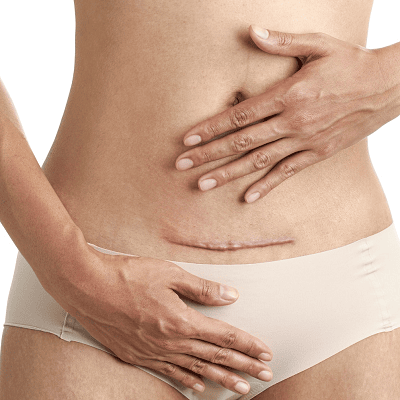Introduction
Undergoing a tummy tuck is a significant decision that requires careful consideration and preparation. Post-surgery, patients often experience varying levels of pain and discomfort as part of the healing process. Understanding what to expect and how to manage these symptoms after the Tummy Tuck in Oman Surgery can enhance recovery and help achieve the best possible results. This article provides comprehensive information on managing pain and discomfort after a tummy tuck, covering essential strategies, medications, and self-care techniques.

Process
1. Understanding the Pain
Pain following a tummy tuck is typically related to the surgical procedure, which involves cutting through layers of skin, fat, and muscle. The level of discomfort can vary based on factors such as the extent of the surgery, individual pain tolerance, and adherence to post-operative care instructions.
2. Initial Post-Surgery Care
Immediately after surgery, pain management begins in the hospital or surgical center. Pain medications, such as opioids, are often prescribed to manage severe pain. Patients are usually advised to use a combination of painkillers, including over-the-counter options like acetaminophen or ibuprofen, as recommended by their surgeon.
Benefits
1. Improved Pain Management
Effective pain management can significantly enhance the recovery experience by:
- Reducing Discomfort: Proper medication use can minimize pain, making daily activities and mobility more manageable.
- Promoting Healing: Reduced pain allows patients to rest more comfortably, which is essential for the body’s healing processes.
- Improving Sleep Quality: Managing pain effectively can lead to better sleep, crucial for overall recovery and well-being.
2. Enhanced Mobility
Managing pain and discomfort allows patients to gradually increase their mobility. Gentle movements and light activity, as advised by the surgeon, can improve circulation and prevent complications like blood clots.
Characteristics
1. Pain Medication
- Prescription Painkillers: Opioids, such as hydrocodone or oxycodone, may be prescribed for managing severe pain during the initial recovery phase.
- Over-the-Counter Pain Relievers: Medications like acetaminophen or ibuprofen can be used to manage milder pain and inflammation.
- Avoiding NSAIDs: Nonsteroidal anti-inflammatory drugs (NSAIDs), such as aspirin, are generally avoided due to their potential to increase bleeding risk.
2. Wound Care
- Dressing Changes: Keeping the surgical area clean and dry is essential to prevent infections, which can exacerbate pain.
- Compression Garments: Wearing recommended compression garments helps reduce swelling and supports the healing tissues, which can alleviate some discomfort.
3. Activity Restrictions
- Avoiding Strenuous Activities: Patients should avoid heavy lifting and vigorous exercise, which can strain the surgical site and increase pain.
- Gradual Increase in Activity: Following the surgeon’s advice on gradually resuming activities helps balance pain management with physical recovery.
Conclusion
Managing pain and discomfort after a tummy tuck is integral to a smooth and successful recovery process. By understanding the nature of post-operative pain and employing effective pain management strategies, including appropriate medication use, proper wound care, and activity restrictions, patients can enhance their overall recovery experience. Adhering to the surgeon’s post-operative care instructions and seeking timely medical advice if pain becomes severe or persistent will contribute to achieving the best possible results from the surgery. With proper management, the journey to a flatter, firmer abdomen can be navigated with greater ease and comfort.
